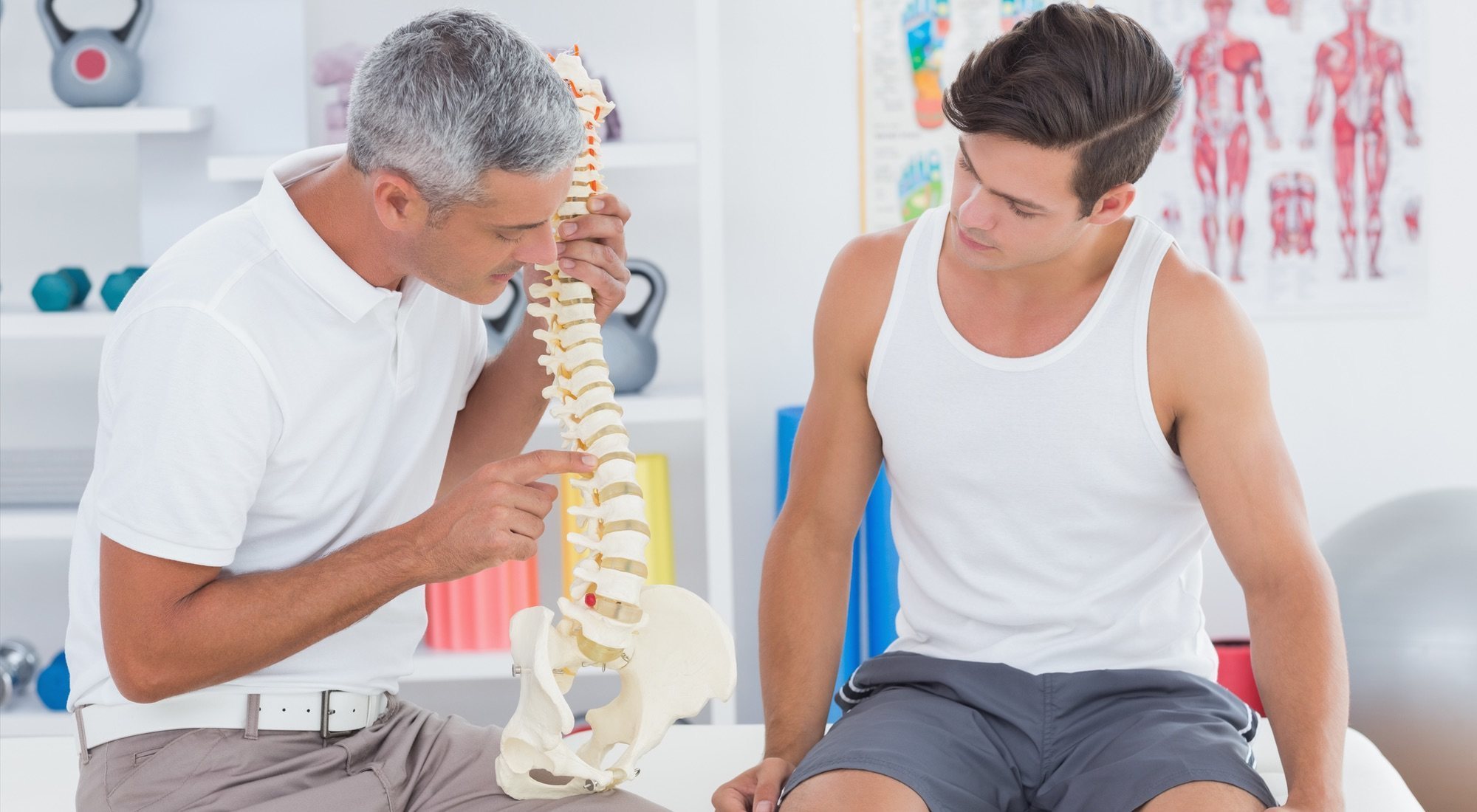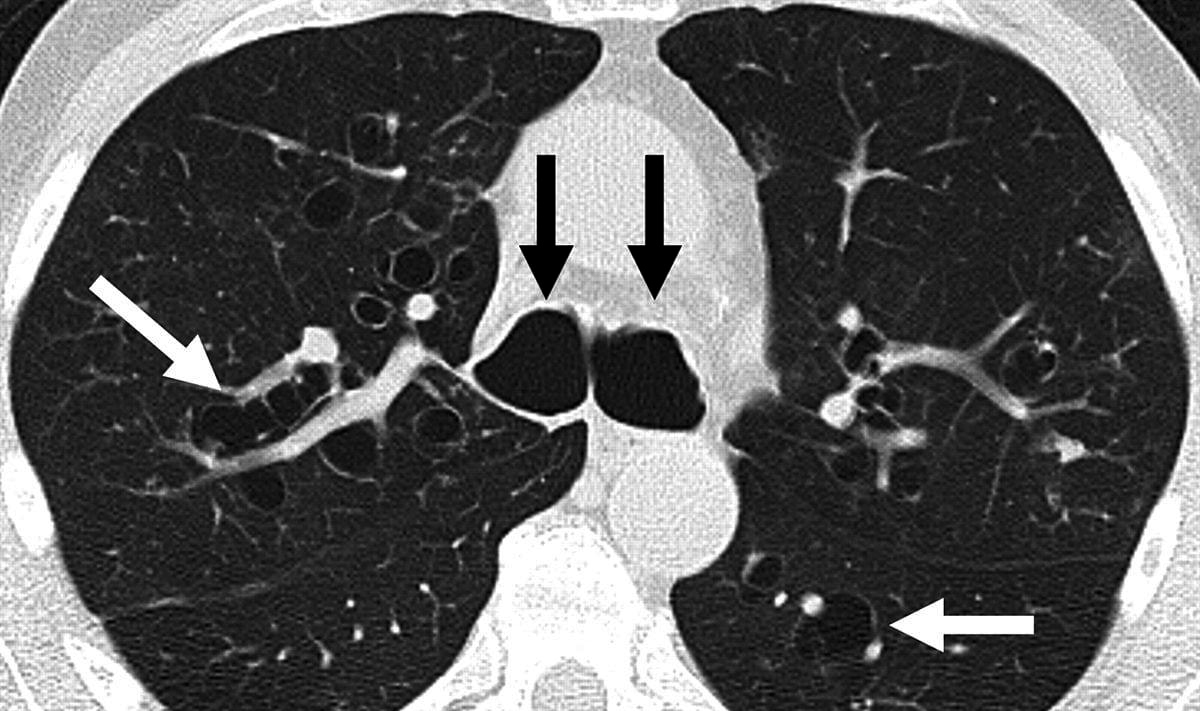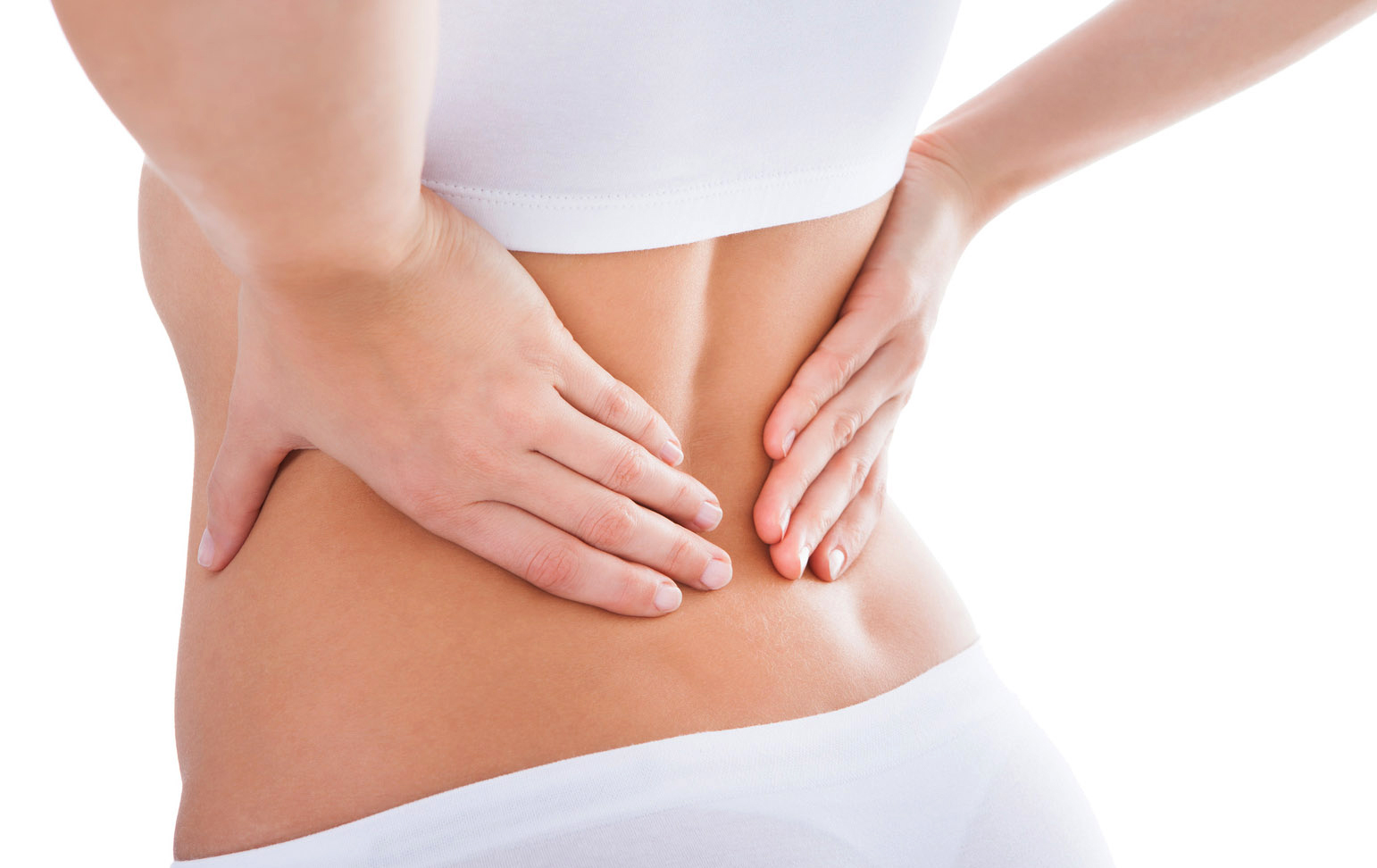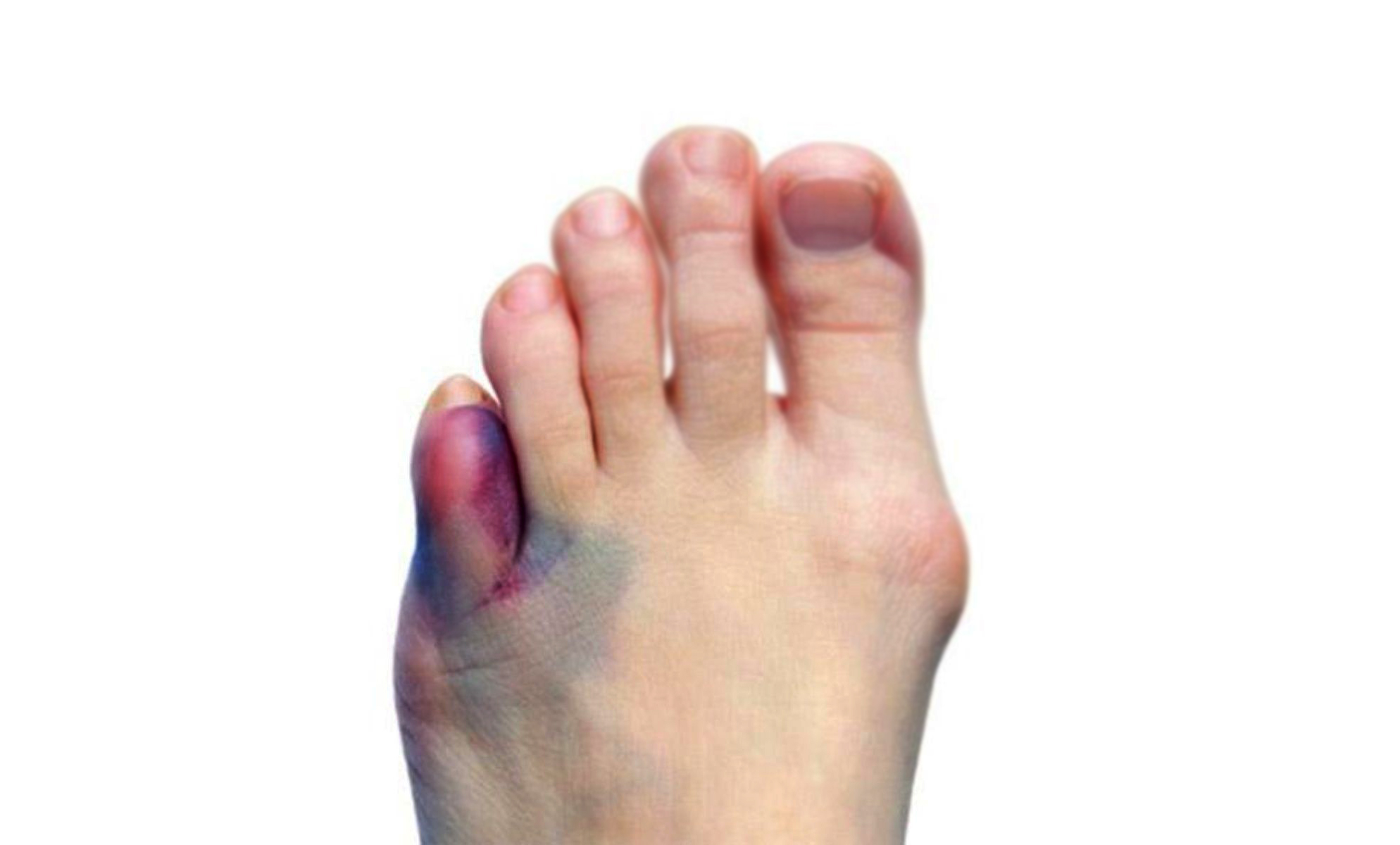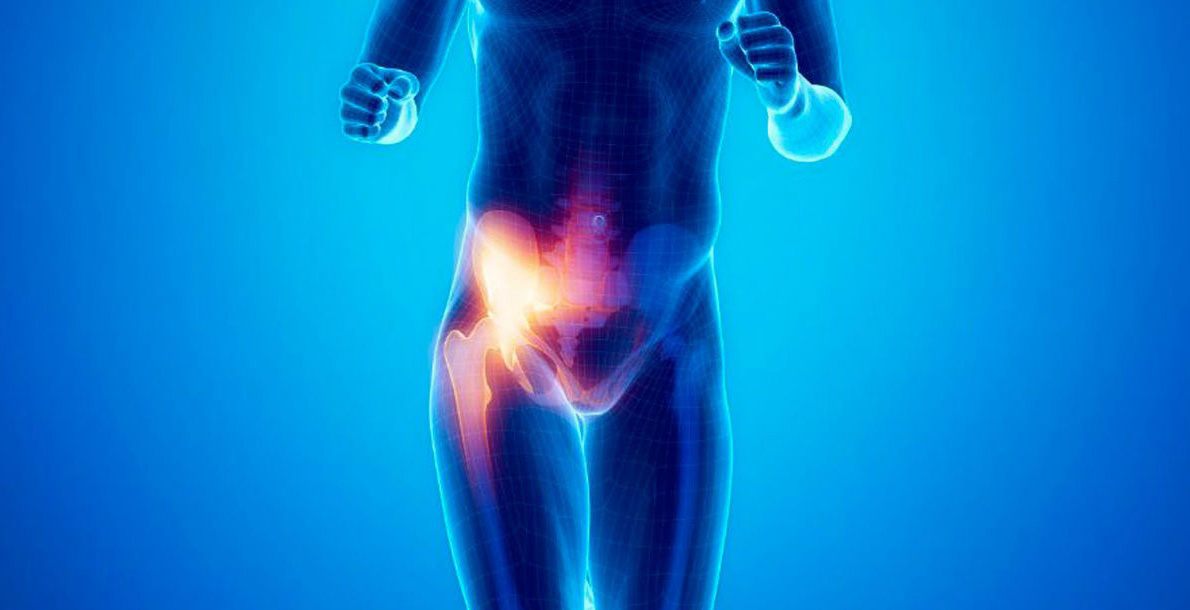Disc herniation is the most frequent neurosurgical pathology, and is the most common cause of low back pain radiating to the lower limb. It is estimated that around the fifth decade of life up to 40% of men have been able to suffer some type of low back pain and this is a very frequent cause of sick leave due to temporary disability.
The hernia occurs when the nucleus pulposus moves posteriorly (disc protrusion) due to the degeneration of the fibrous annulus of the intervertebral disc, even coming out of the intervertebral space, becoming a free fragment in the spinal canal. This condition is usually associated with vertebral degeneration, physical over exertion or trauma, and is more frequent after 30 years.
The pain arises because the herniated disc compresses the nervous elements that pass through the canal, being able to produce compression of the root of a nerve (radiculopathy), or a compression of the medulla (myelopathy).
 The main cause of herniated disc is overexertion, with more or less load. Certain professions can predispose to this situation, such as those that force repeated and continuous weight loads (removals, delivery of food and drinks, handling of people with limited mobility, etc.).
The main cause of herniated disc is overexertion, with more or less load. Certain professions can predispose to this situation, such as those that force repeated and continuous weight loads (removals, delivery of food and drinks, handling of people with limited mobility, etc.).
- Repeated movements with more or less large loads in which the back suffers.
- Situations such as obesity or pregnancy. The increase in body weight of the cause that originates overloads in the lumbar area that triggers deviations of the spine and a greater pressure on the intervertebral discs giving rise to protrusions or hernias, or aggravating those that previously existed.
- Flexion or repeated or abrupt extension of the spine. This is often found in some sports activities.
- It is a clearly more frequent pathology in males, perhaps due to its physical disposition for the load of heavy material or more abrupt activities.
- The highest incidence between 30 and 50 years translates into a range of age where the causes previously described can be presented, especially sudden movements and heavy loads. In the case of women, because it is currently the most frequent reproductive age. Although there is a degenerative component over the years, these factors do not occur at advanced ages.
- Certain activities that involve repeated vibrations of the body can predispose to this condition.
Good postural hygiene, pharmacological treatment and physiotherapy usually give good results with a herniated disc. Surgery is indicated in patients with disabling pain and unresponsive to treatment.
The treatment of the initial disc hernia should be conservative. With it they improve between 50% and 90% of patients. In those patients with sciatica, bed rest has not shown effectiveness to improve pain or functional disability.
These are some basic guidelines of this conservative treatment for herniated disc:
- Patient education through postural modifications and activity to reduce symptoms.
- Paracetamol and other non-steroidal anti-inflammatory drugs such as ibuprofen.
- In specific cases and for a short period, oral corticosteroids such as dexamethasone can be administered to promote the anti-inflammatory effect.
- Muscle relaxers (optional and for no more than 15 days).
- Optional opioid analgesics.
- Bed rest (optional and, in any case, no longer than 2 days).
- Encourage early recovery from habitual activity (except heavy manual work).
Other possible treatments of the herniated disc may be: physiotherapy, traction, ultrasound, heat-cold, infiltrations of facet joints, transcutaneous electrical nerve stimulation (TENS), nerve blocks (anesthetics and epidural corticosteroids).
Indications for surgery: when should a herniated disc be operated?
In some circumstances it is necessary to resort to surgery to treat a herniated disc:
- Failure of conservative treatment, that is, pain that incapacitates and does not respond to medical treatment for 4 weeks.
- Root injury that causes an acute or progressive loss of strength.
- Clinic that may suggest spinal cord injury, such as impaired sphincter function, anesthesia in the perineal area…
- Recurrent disability despite medical treatment.
- The surgical technique of choice is the extraction of a ligament together with the removal of the affected disc; if there is also associated vertebral instability, a fixation of the altered levels will be made.
Learn more about your health and well-being at Pharmamedic.

